Ma’amoul, a delightful Middle Eastern pastry filled with sweet or savory fillings, is a culinary treasure that has captured the hearts and taste buds of many. The rich history and exquisite flavors of Ma’amoul make it a cherished treat during festivals and special occasions. In this article, we will delve into the fascinating world of Ma’amoul, exploring its origins, preparation process, cultural significance, and more.
[ez-toc]
History
Ma’amoul has a rich history that dates back centuries, deeply rooted in Middle Eastern culture and traditions. The origins of Ma’amoul can be traced to ancient Mesopotamia, where early civilizations like the Assyrians and Babylonians indulged in similar pastries. Over time, the recipe evolved and spread throughout the region, becoming an integral part of Middle Eastern cuisine.
Originally, Ma’amoul was primarily made during festive occasions such as religious holidays, weddings, and births. It was considered a symbol of celebration, love, and hospitality. The intricate designs on the pastries were not only visually appealing but also served as a way to identify the filling inside.
Ma’amoul’s popularity grew across the Middle East and North Africa, and each region developed its own unique variations and flavors. The techniques and recipes were passed down from generation to generation, preserving the traditional methods of making Ma’amoul.
The delicate art of Ma’amoul making was traditionally a communal activity, with family members and neighbors coming together to prepare the pastries. This practice strengthened social bonds and allowed the sharing of recipes and techniques, ensuring the preservation of this beloved culinary tradition.
With the passage of time, Ma’amoul has become more accessible, and variations can be found in Middle Eastern markets around the world. It has gained recognition not only as a festive treat but also as a symbol of cultural identity and a delectable representation of Middle Eastern cuisine.
Today, Ma’amoul continues to hold a special place in the hearts of people, both within the Middle Eastern community and beyond. Its rich history and delicious flavors make it a beloved pastry enjoyed by people of different backgrounds, enticing them to savor the essence of Middle Eastern culinary heritage.
Time
| Step | Time (in minutes) |
|---|---|
| Dough preparation | 30 |
| Filling preparation | 20 |
| Resting the dough | 60 |
| Shaping the Ma’amoul | 30 |
| Baking the Ma’amoul | 20 |
| Total | 160 |
Note: The above times are approximate and may vary depending on individual cooking preferences and equipment used.
Ingredients
| Ingredients | Quantity |
|---|---|
| Semolina flour | 1 cup |
| All-purpose flour | 1/2 cup |
| Clarified butter | 1/2 cup |
| Rosewater | 1 tablespoon |
| Orange blossom water | 1 tablespoon |
| Sugar | 1/4 cup |
| Active dry yeast | 1 teaspoon |
| Lukewarm water | 1/4 cup |
| Date paste | 1/2 cup |
| Pistachios, finely chopped | 1/2 cup |
| Walnuts, finely chopped | 1/2 cup |
| Ground cinnamon | 1/2 teaspoon |
| Ground cardamom | 1/2 teaspoon |
| Powdered sugar | for dusting |
| Salt | 1/4 teaspoon |
Note: The above quantities are based on a serving size for 2 people. Adjust the quantities accordingly if you need to serve more or fewer people.
Directions
Dough Preparation
- In a large mixing bowl, combine the semolina flour and all-purpose flour.
- Add the clarified butter and rub it into the flour mixture until it resembles coarse crumbs.
- In a separate small bowl, mix together the rosewater, orange blossom water, and sugar until the sugar has dissolved.
- Dissolve the yeast in lukewarm water and let it sit for a few minutes until it becomes frothy.
- Pour the yeast mixture and the rosewater mixture into the flour mixture.
- Mix all the ingredients together until a soft dough forms.
- Knead the dough for about 5-7 minutes until it becomes smooth and elastic.
- Cover the dough with a clean kitchen towel and let it rest for about 1 hour.
Filling Preparation
- Divide the dough into small portions and keep them covered.
- In a separate bowl, prepare the date paste by combining the date paste, ground cinnamon, and ground cardamom. Mix well.
- For the nut filling, mix together the finely chopped pistachios, walnuts, and a small amount of sugar.
Shaping the Ma’amoul
- Preheat the oven to 350°F (175°C).
- Take a portion of dough and roll it into a ball about the size of a golf ball.
- Make an indentation in the center of the dough ball with your thumb.
- Place a teaspoon of the desired filling (date paste or nut mixture) into the indentation.
- Close the dough around the filling and shape it into a smooth ball.
- Press the filled dough ball into a Ma’amoul mold or use your fingertips to create decorative patterns on top.
- Repeat the process with the remaining dough and fillings.
Baking the Ma’amoul
- Arrange the shaped Ma’amoul on a baking sheet lined with parchment paper.
- Bake them in the preheated oven for about 18-20 minutes or until they turn golden brown.
- Remove the Ma’amoul from the oven and let them cool completely.
Serving and Storage
- Once cooled, sprinkle the Ma’amoul with powdered sugar for an added touch of sweetness.
- Serve the Ma’amoul on a platter and enjoy them with a cup of tea or coffee.
- Store the Ma’amoul in an airtight container at room temperature for up to a week. They can also be frozen for longer storage.
Now, you can relish the delightful flavors of freshly baked Ma’amoul, a delectable treat that brings Middle Eastern traditions and flavors right to your table. Enjoy!
Equipment Required
Nutrition Information
| Nutritional Information | Amount per Serving |
|---|---|
| Serving Size | 2 pieces |
| Calories | 210 |
| Total Fat | 11g |
| – Saturated Fat | 5g |
| Cholesterol | 20mg |
| Sodium | 70mg |
| Total Carbohydrate | 26g |
| – Dietary Fiber | 2g |
| – Sugars | 9g |
| Protein | 3g |
| Vitamin D | 0mcg |
| Calcium | 15mg |
| Iron | 1mg |
| Potassium | 60mg |
| Percent Daily Values are based on a 2000-calorie diet. |
Please note that the nutritional information provided is an estimate and can vary depending on specific ingredients and variations in preparation.
Tips
- Consistency of the dough: The dough should be soft and pliable, but not sticky. Adjust the amount of flour or water as needed during the kneading process.
- Resting the dough: Allowing the dough to rest for an hour is crucial as it helps the gluten relax, making it easier to work with and giving the Ma’amoul a tender texture.
- Filling options: While this recipe includes date and nut fillings, feel free to experiment with other traditional fillings such as figs, apricots, or even savory options like cheese or spiced meat.
- Proper shaping: When shaping the Ma’amoul, make sure the filling is fully enclosed within the dough to prevent leakage during baking. Pinch the edges tightly to seal the dough.
- Using a mold: If you have a Ma’amoul mold, it can help create intricate designs and make the process quicker. Lightly dust the mold with flour to prevent sticking.
- Baking time: Keep a close eye on the Ma’amoul while they are baking, as the cooking time may vary depending on your oven. They should be golden brown on the outside when done.
- Storage tips: To keep the Ma’amoul fresh, store them in an airtight container at room temperature. If freezing, place them in a freezer-safe container or bag, and they can be kept for up to a few months.
Pros & Cons
| Pros | Cons |
|---|---|
| ✔️ Delightful Middle Eastern treat | ❌ Time-consuming preparation process |
| ✔️ Rich cultural and traditional significance | ❌ Requires special Ma’amoul mold for shaping |
| ✔️ Versatile fillings and flavor variations | ❌ Can be challenging for beginners |
| ✔️ Suitable for both sweet and savory options | ❌ High calorie and fat content |
| ✔️ Can be stored for a week or frozen for longer storage | ❌ Contains gluten and may not be suitable for those with gluten intolerance or celiac disease |
Conclusion
In conclusion, Ma’amoul is a delightful Middle Eastern pastry that embodies tradition, cultural significance, and exquisite flavors. Whether you choose the sweet variations filled with dates, pistachios, or walnuts, or opt for the savory ones stuffed with meat or cheese, Ma’amoul offers a culinary experience that transports you to the heart of Middle Eastern cuisine.
With its rich history and intricate designs, Ma’amoul holds a special place in festivals, celebrations, and cherished family moments. The process of making Ma’amoul can be a labor of love, bringing people together and fostering a sense of community. The resulting pastries are not only visually stunning but also a testament to the culinary craftsmanship that has been passed down through generations.
By following the step-by-step instructions and incorporating tips and tricks, you can embark on your own Ma’amoul-making journey. The reward will be a plateful of delectable pastries that encapsulate the flavors of the Middle East. Whether you’re hosting a gathering, looking for a unique gift, or simply seeking to expand your culinary repertoire, Ma’amoul is a recipe worth exploring.
So, gather the ingredients, set aside some time, and immerse yourself in the joy of Ma’amoul preparation. Discover the pleasure of shaping the dough, filling it with delightful surprises, and savoring the finished pastries. Let Ma’amoul become a part of your culinary traditions and share the love and joy it brings with your loved ones.
Remember, Ma’amoul is more than just a recipe—it’s a celebration of culture, heritage, and the joy of sharing delicious food. Embrace the flavors of the Middle East and embark on a culinary adventure that will delight your taste buds and leave a lasting impression.
Facts
- 1. Ma’amoul’s Hidden Messages 💌
- Did you know that the intricate designs on Ma’amoul pastries aren’t just for aesthetics? In some Middle Eastern cultures, the shapes and patterns are used to convey secret messages to the recipient. From representing different fillings to indicating whether the pastry is sweet or savory, Ma’amoul becomes a delicious code to unravel.
- 2. Ma’amoul and the Cookie Connection 🍪
- Ma’amoul shares similarities with cookies from various culinary traditions. In fact, the technique of shaping the dough and filling it with sweet or savory ingredients can be found in other cuisines. From Italian biscotti to Indian gujiya, there’s a global connection that unites these delectable treats.
- 3. A Ma’amoul Family Affair 👪
- Making Ma’amoul has long been a communal activity, bringing family members together to participate in the preparation process. It’s a time for sharing stories, laughter, and passing down treasured family recipes and techniques from one generation to another. Ma’amoul not only satisfies the taste buds but also strengthens family bonds.
- 4. A Ma’amoul Mold Museum 🏰
- Ma’amoul molds come in various shapes and sizes, each with its own distinctive pattern. Some families even pass down heirloom molds from generation to generation, treating them as valuable family treasures. These molds are not just tools for shaping Ma’amoul; they hold historical and sentimental significance, preserving the artistry of the past.
- 5. Ma’amoul: A Festive Treasure Chest 🎁
- Ma’amoul is closely associated with festive occasions and celebrations, especially during religious holidays like Eid. These delicate pastries are often prepared in large quantities and beautifully arranged in ornate platters, resembling a treasure chest of sweet and savory delights. Ma’amoul truly adds a touch of joy and elegance to any festive gathering.
FAQ’s
Can I make Ma’amoul without a mold?
Yes, you can shape Ma’amoul without a mold. Simply use your fingertips to create decorative patterns on top of the dough or use a fork to create a crisscross pattern.
Can I make Ma’amoul dough in advance and refrigerate it overnight?
Yes, you can prepare the Ma’amoul dough in advance and refrigerate it overnight. Just make sure to cover it tightly with plastic wrap to prevent it from drying out. Let the dough come to room temperature before proceeding with shaping and baking.
Can I freeze Ma’amoul for longer storage?
Yes, Ma’amoul can be frozen for longer storage. Place them in a freezer-safe container or bag, separating the layers with parchment paper to prevent sticking. Thaw them at room temperature before serving.
Can I substitute ghee for clarified butter in the recipe?
Yes, ghee can be used as a substitute for clarified butter in Ma’amoul. They have similar characteristics and can be used interchangeably in this recipe.
Can I use other types of flour, such as whole wheat flour, for a healthier version?
Yes, you can use whole wheat flour or a combination of whole wheat and all-purpose flour for a healthier Ma’amoul. Keep in mind that the texture and flavor may vary slightly.
How long will Ma’amoul stay fresh?
Ma’amoul can stay fresh for up to a week when stored in an airtight container at room temperature. However, they are best enjoyed within a few days of baking for optimal taste and texture.
Can I make Ma’amoul vegan-friendly?
Yes, you can make vegan Ma’amoul by using plant-based alternatives such as vegan butter or margarine instead of clarified butter. Ensure the fillings and other ingredients are also vegan-friendly.
What are some creative filling ideas for Ma’amoul?
In addition to traditional fillings like dates, pistachios, and walnuts, you can experiment with fillings such as almonds, chocolate, dried fruits, or even savory options like cheese with herbs or spiced lentils.
Can I make Ma’amoul gluten-free?
Ma’amoul is traditionally made with wheat-based flours, so it may be challenging to make a gluten-free version without altering the texture and taste significantly. However, there are gluten-free alternatives available, such as using a gluten-free flour blend or almond flour. Adjustments may be needed in the recipe.
Can I add other flavors, such as rose petals or cardamom, to the Ma’amoul dough?
Yes, you can add various flavors to the Ma’amoul dough to customize the taste. Experiment with ingredients like rose petals, cardamom, orange zest, or even a hint of nutmeg to infuse the pastries with unique aromatic profiles.




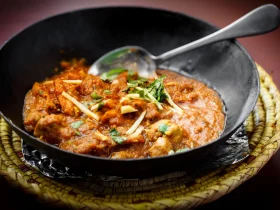

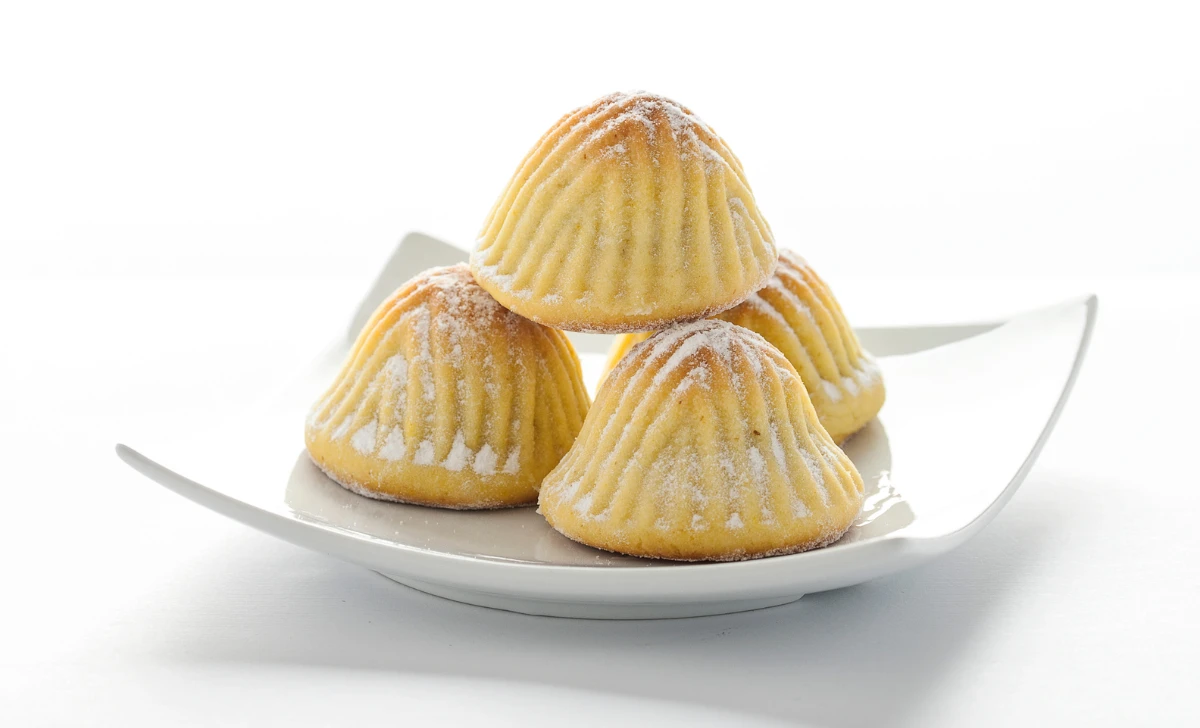

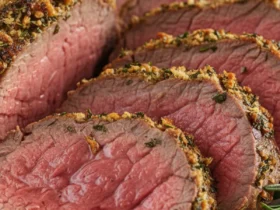
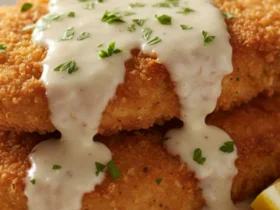

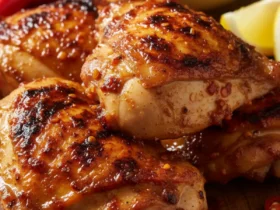
Leave a Review